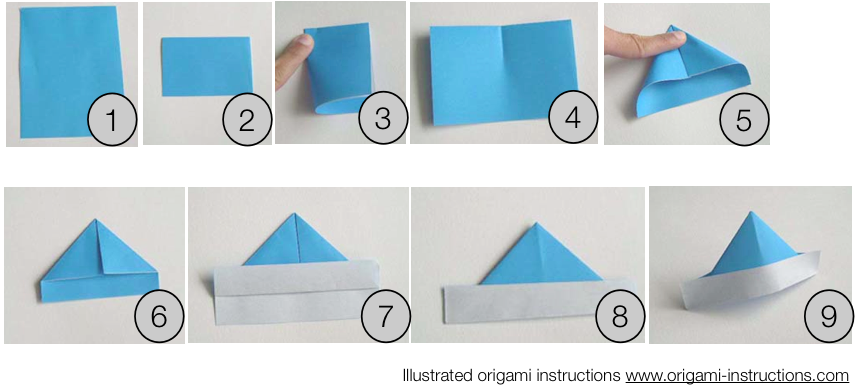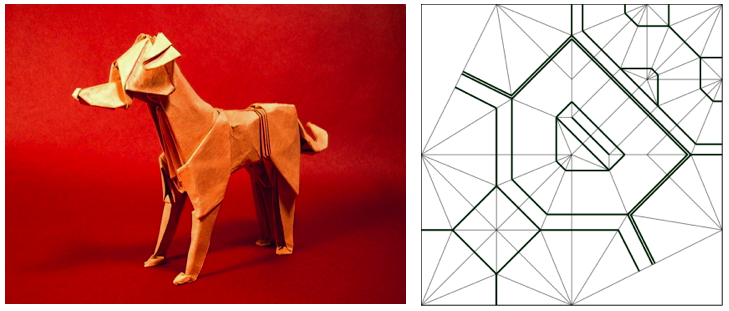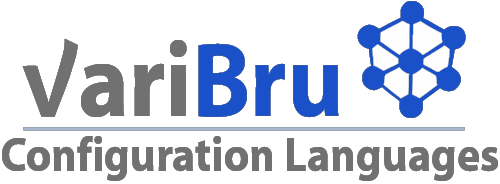Motivation
Origami is simple, right? You take a sheet of paper, fold it according to and instruction, and obtain a figure.

But did you know that origami can become a technique to form any shape with paper?

By using so-called crease patterns, any 3D object can be folded from one sheet of paper. We can also say that these patterns form a language to shape fold a paper into any three-dimensional shape.
Configuration languages are similar. You may use them to configure an application by simply setting configuration values, for example options about the color design of the user interface. But on the other way, you can use a configuration language to deeply influence structure and behavior of your application. It’s still the same technique, but at a much higher level.
Our goal is to help you in designing and implementing a high-level configuration language. We help you to define business rules, data mapping, data transformation, reporting rules, and feature configurations. Compared to other mechanisms of configuring software, configuration language languages offer these benefits:
- Faster delivery times
- Reduced costs to configure software
- Simple provision of customer-specific solutions
- Continuously enrich your software\s variability to gain more customers
Please see our Services to see how we can help you.
Homepage • Motivation • Our Services • Examples • Design Tools • Contact
Copyright © 2010–2013 Niels Joncheere, Sebastian Günther & Thomas Cleenewerck
Vrije Universiteit Brussel, Software Languages Lab. All rights reserved.
